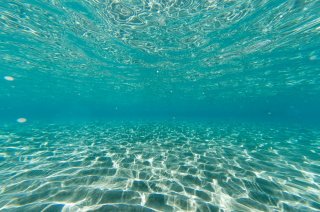
Project
Solar at sea
This project aims at tracking the composition and functioning of epifauna species that develop on floating solar panels at an offshore location in time and space. After installation, fouling samples will be collected regularly from the underside of the floaters. The results will be publicly published as a scientific article.
The awareness regarding climate change together with the growing economy have clearly indicated the major role that renewable energy plays in decarbonizing the energy supply, resulting in the fast growth of offshore renewable industries. Floating offshore solar energy is currently emerging and it is viewed as a market with great potential to sustain part of our future energy needs. However, there are no large-scale floating solar structures in the North Sea yet.
Oceans Of Energy (OOE) is a startup company that focuses on the development of marine floating solar systems. Before the installation of the first OOE pilot system at a coastal location, cooperation was sought with Wageningen Marine Research to monitor the ecological effects of these floating panels. This initiated in 2020 and continues until now, that the floating solar panels are slowly transferred offshore. Initial results show a dominance of coastal, shallow-subtidal species, such as mussels and hydroid polyps, in combination with large numbers of shrimp-like and other invertebrates.
OOE has started the installation of a large (ca. 10,000 km2) floating structure at the offshore location (ca. 12 km off the coast), consisting of multiple solar panels offshore that will be completed in 2022. This will be the first floating offshore solar panel structure to be present in the North Sea on this scale.
It is expected that a community composition similar to that occurring on the shallow subtidal parts of wind turbine foundations will develop, but it is not yet clear whether this will be the same throughout the entire structure. It is possible that the community composition changes spatially due to food restriction below floating panels located in the middle of the structure. This could lead to a different community functioning, due to variations in food sources as a result of the large-footprint of the structure.